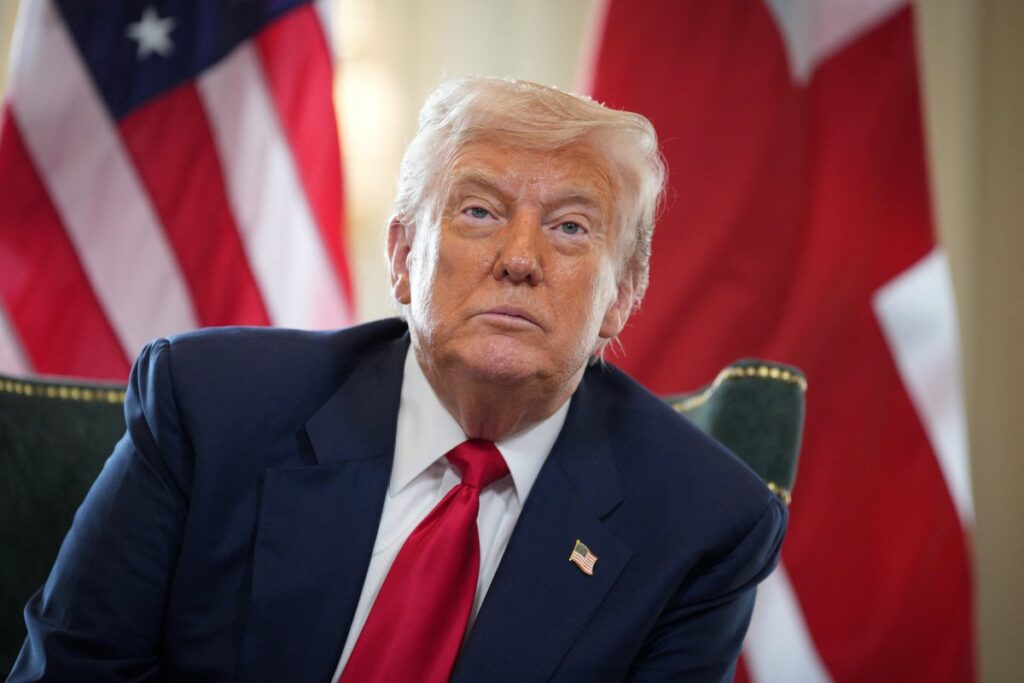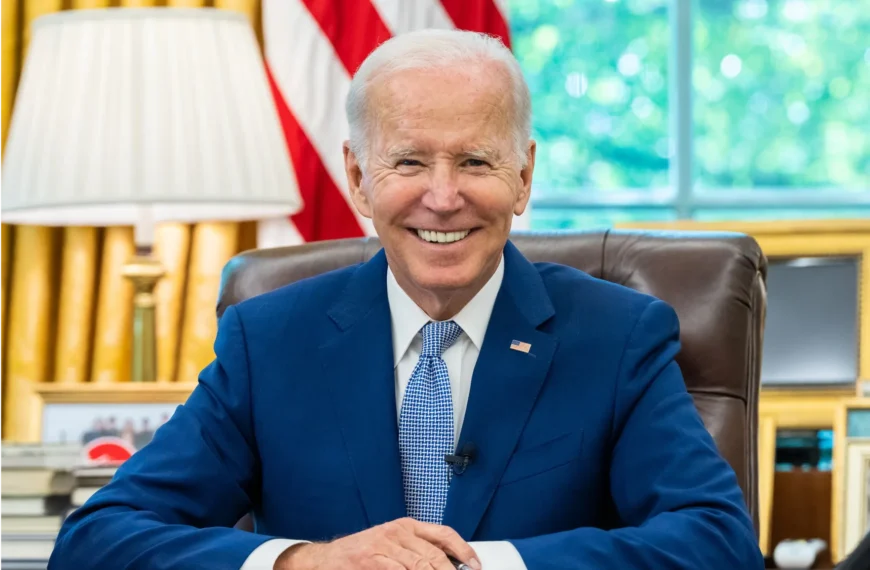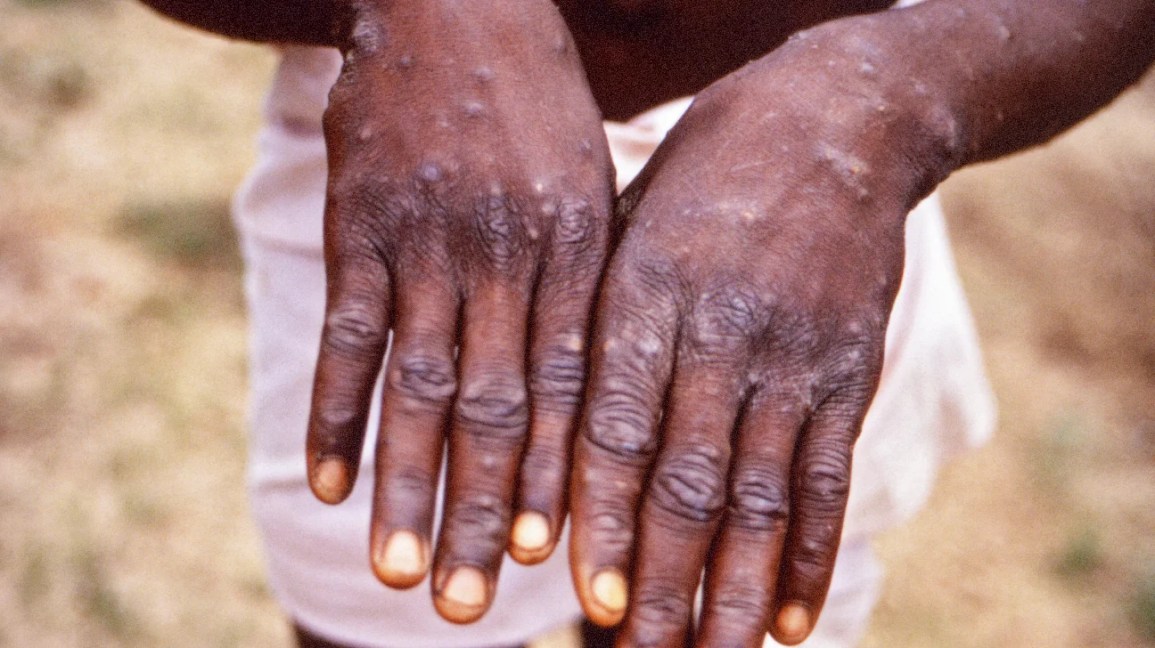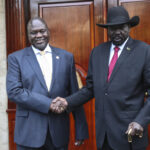
Sub-Saharan African countries are bracing for economic disruption as the United States implements sweeping new tariffs, signaling a sharp shift in trade relations and marking the end of a two-decade-old economic partnership under the African Growth and Opportunity Act (AGOA).
AGOA, which had allowed more than 1,800 African products to enter the U.S. market duty free since its inception in 2000, officially expires today. The termination of the program is expected to hit a number of sectors hard especially manufacturing, agriculture, and mining which had recently begun to expand their share of exports to the United States.
Once largely dominated by petroleum exports, AGOA evolved into a crucial economic bridge for developing African economies. Its collapse now raises concerns over how African exporters will maintain their access to the world’s largest consumer market.
South Africa Feels the Blow
Among the worst-hit is South Africa. A letter sent by the U.S. government on July 7 informed President Cyril Ramaphosa of a 30% tariff hike on key South African exports, including automobiles, citrus products, and metals. The measure, according to the U.S. administration, is aimed at reducing a $20 billion trade deficit.
Pretoria responded swiftly, proposing a deal that would see it increase purchases of U.S. liquified natural gas (LNG), ease import restrictions on American poultry, and invest roughly $3.3 billion into U.S.-based mining operations. Despite these overtures, South African officials say they have yet to receive any formal response from Washington.
Wider Impact Across the Continent
President Donald Trump’s administration has also reached out to at least six African nations, indicating a preference for bilateral trade agreements over broader multilateral arrangements like AGOA. However, there has been limited consultation and little clarity on the next steps, raising fears of a fragmented trade future.
“The sudden imposition of tariffs without clear transitional mechanisms has the potential to destabilize economies that are still recovering from the pandemic and struggling with inflation,” said one regional trade analyst.
The South African Reserve Bank has already issued a warning, projecting widespread job losses in the manufacturing sector if the tariffs remain in place. With the U.S. standing as South Africa’s second-largest trading partner after China, the ripple effects could be far-reaching.
Fork in the Road
While many African leaders express concern over being sidelined in a changing global trade landscape, some see this moment as a possible catalyst for deeper intra-African cooperation. The African Continental Free Trade Area (AfCFTA), which came into effect in 2021, could offer a regional solution promoting trade within Africa and reducing dependency on external powers.
“The end of AGOA is not the end of African trade,” said an official from the African Union. “It is an invitation for the continent to reimagine its trade future with each other, and with the rest of the world.”
As negotiations stall and uncertainty deepens, one thing is clear: Africa stands at a critical economic and political juncture, and how it responds in the coming months could shape the region’s global standing for years to come.


























